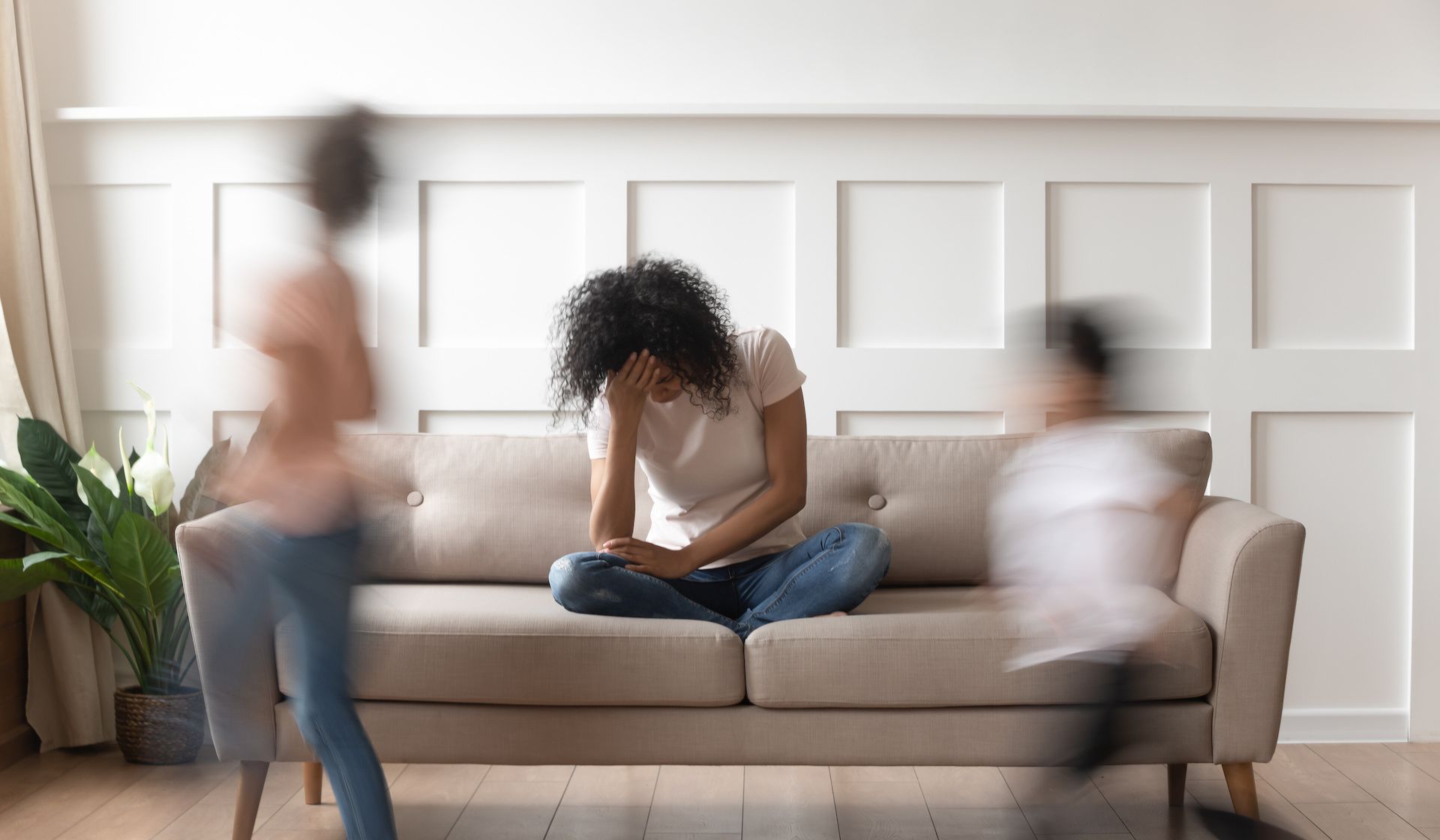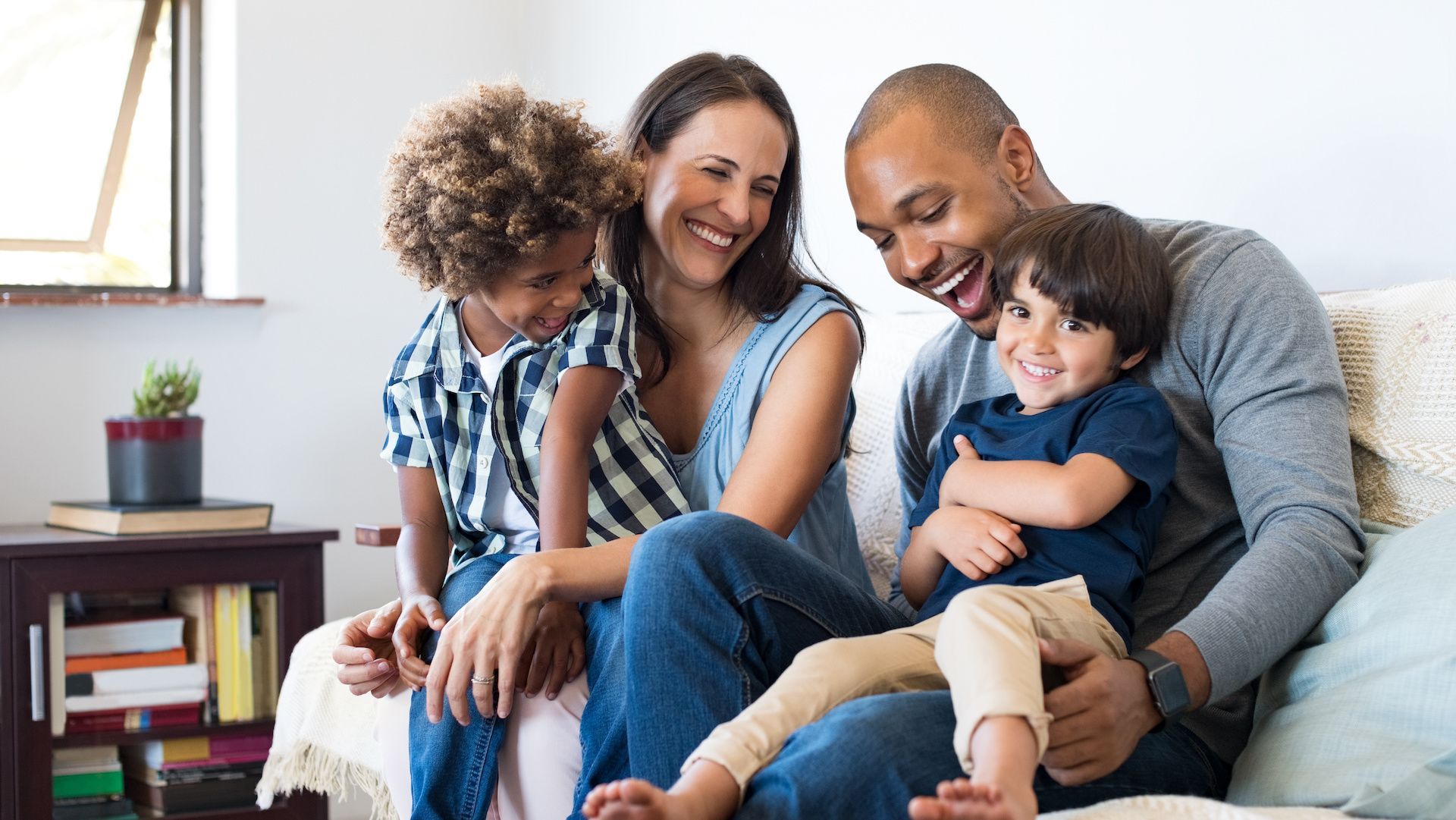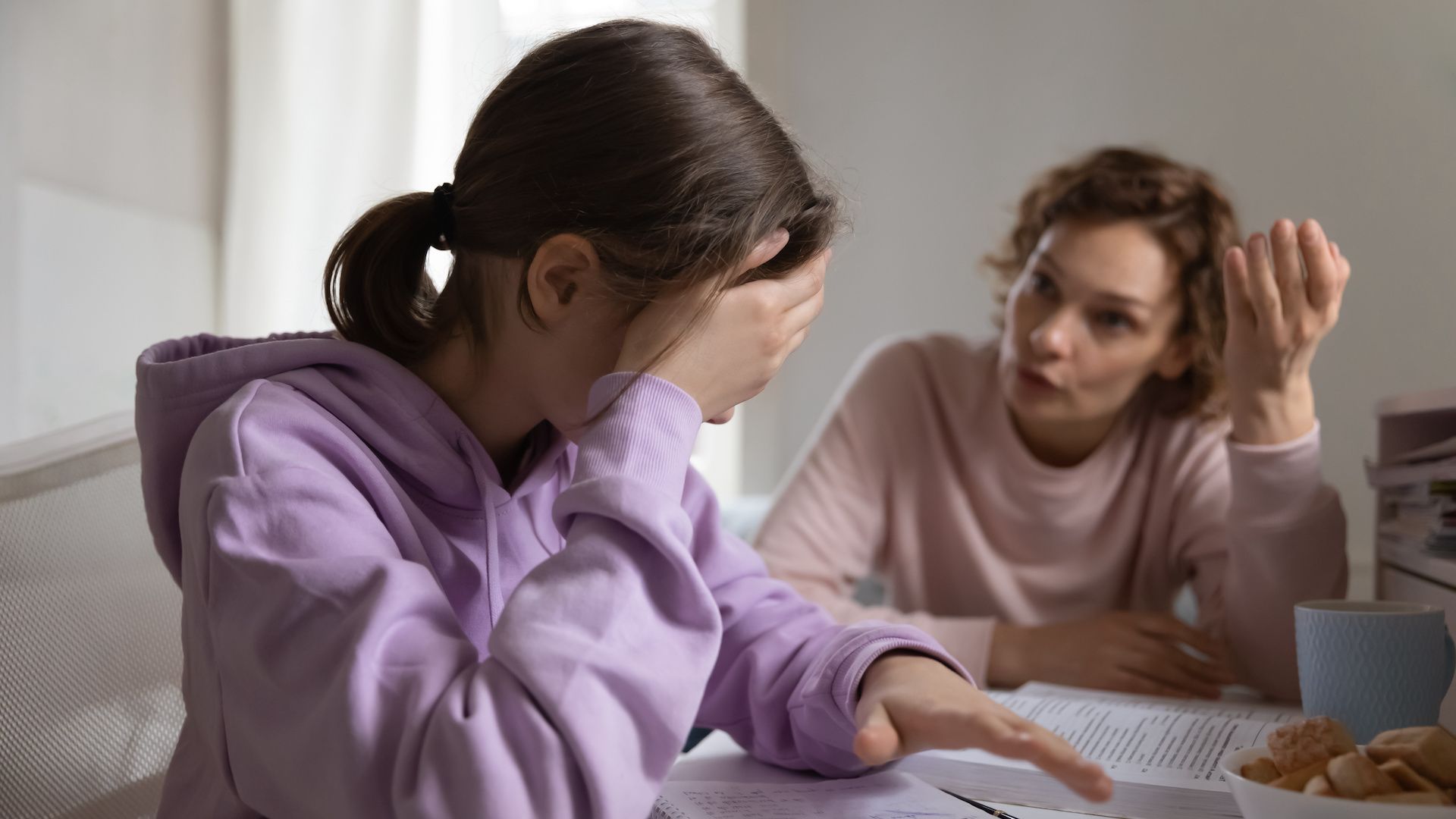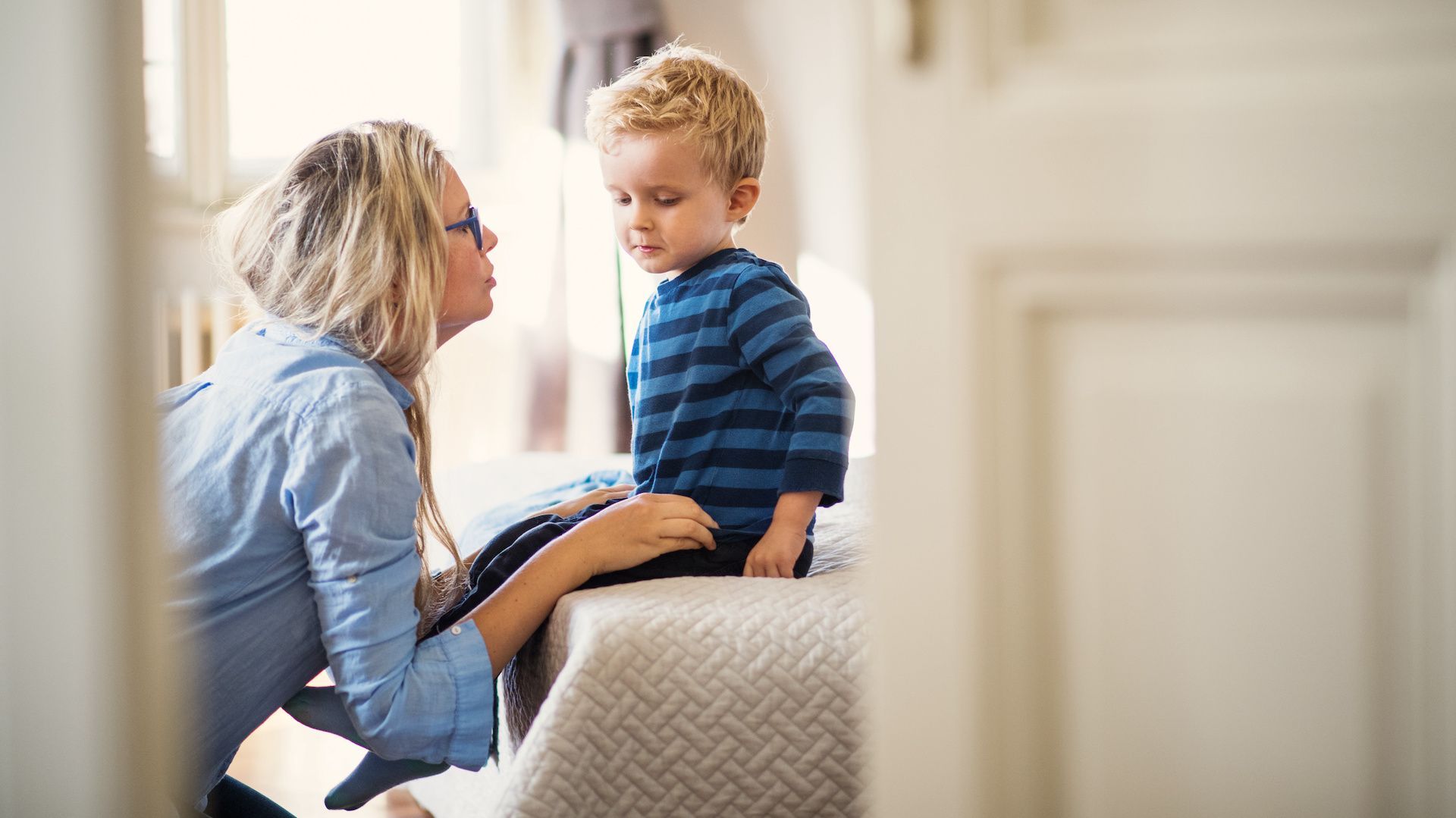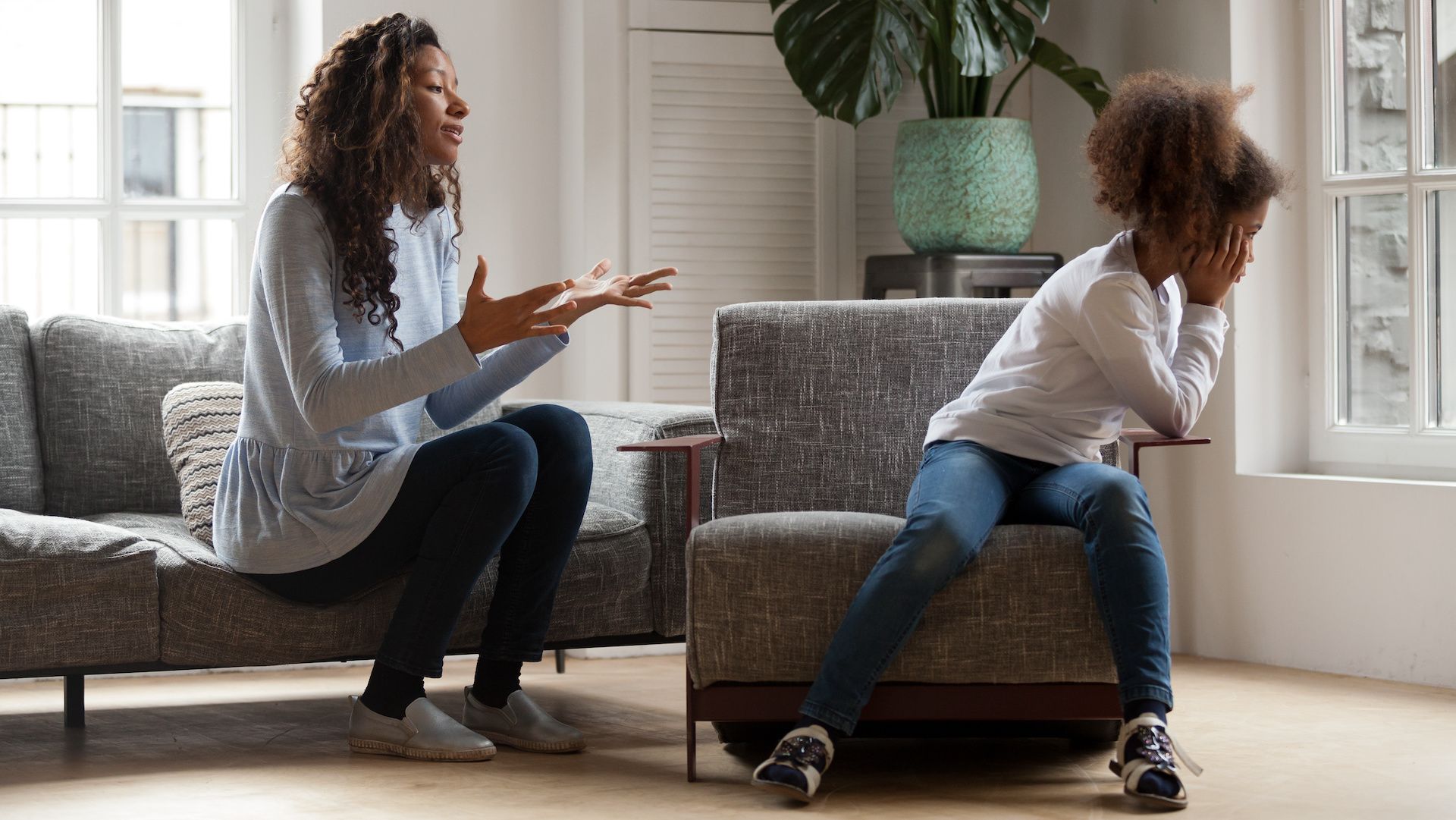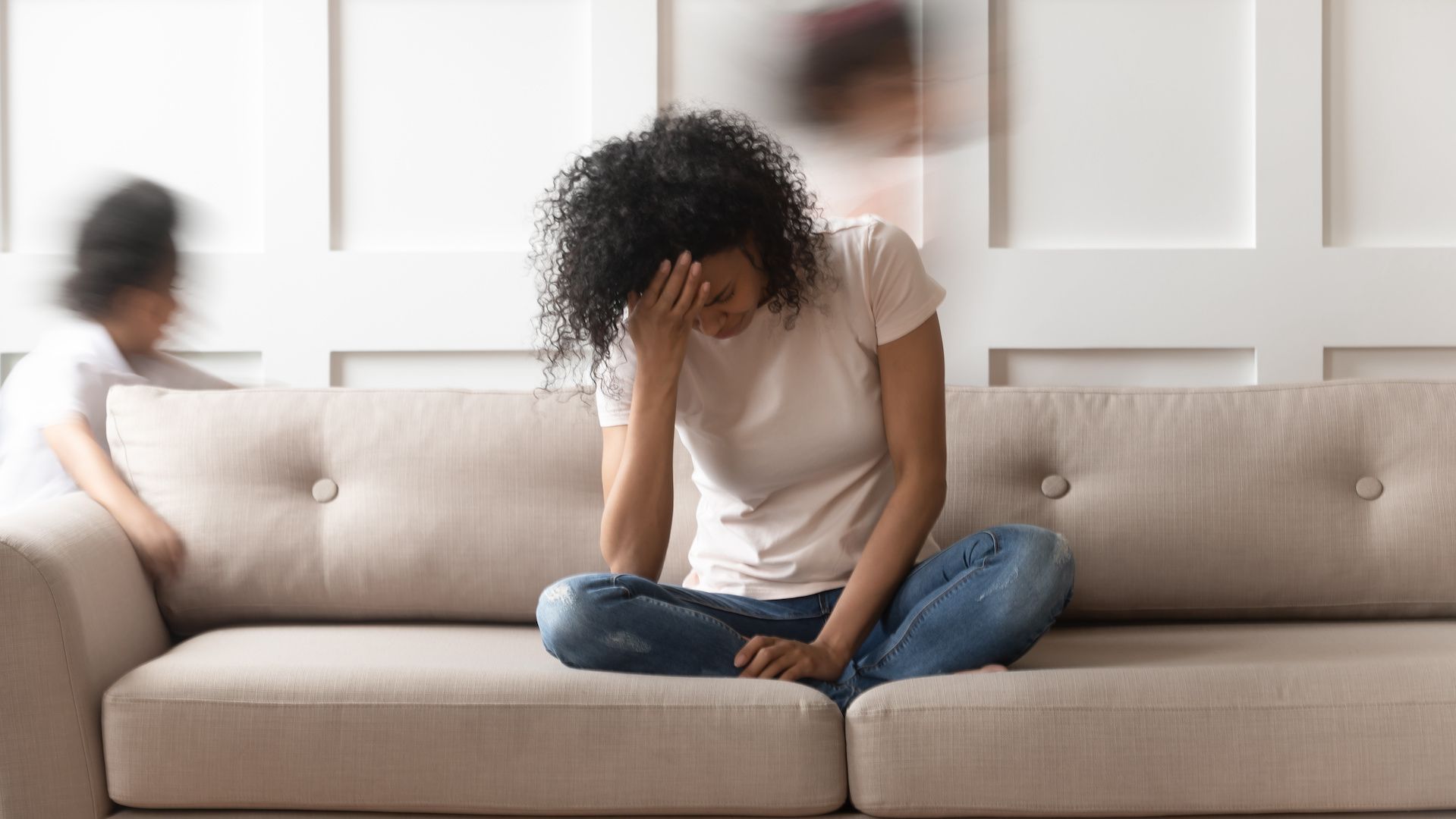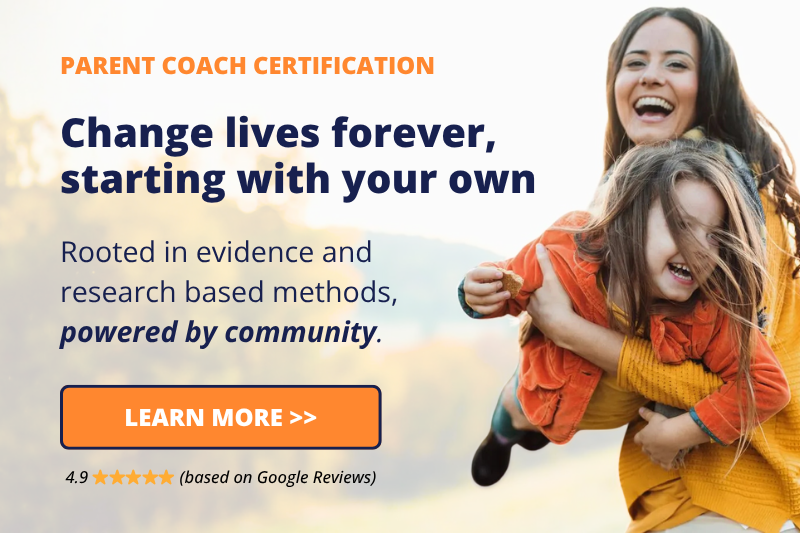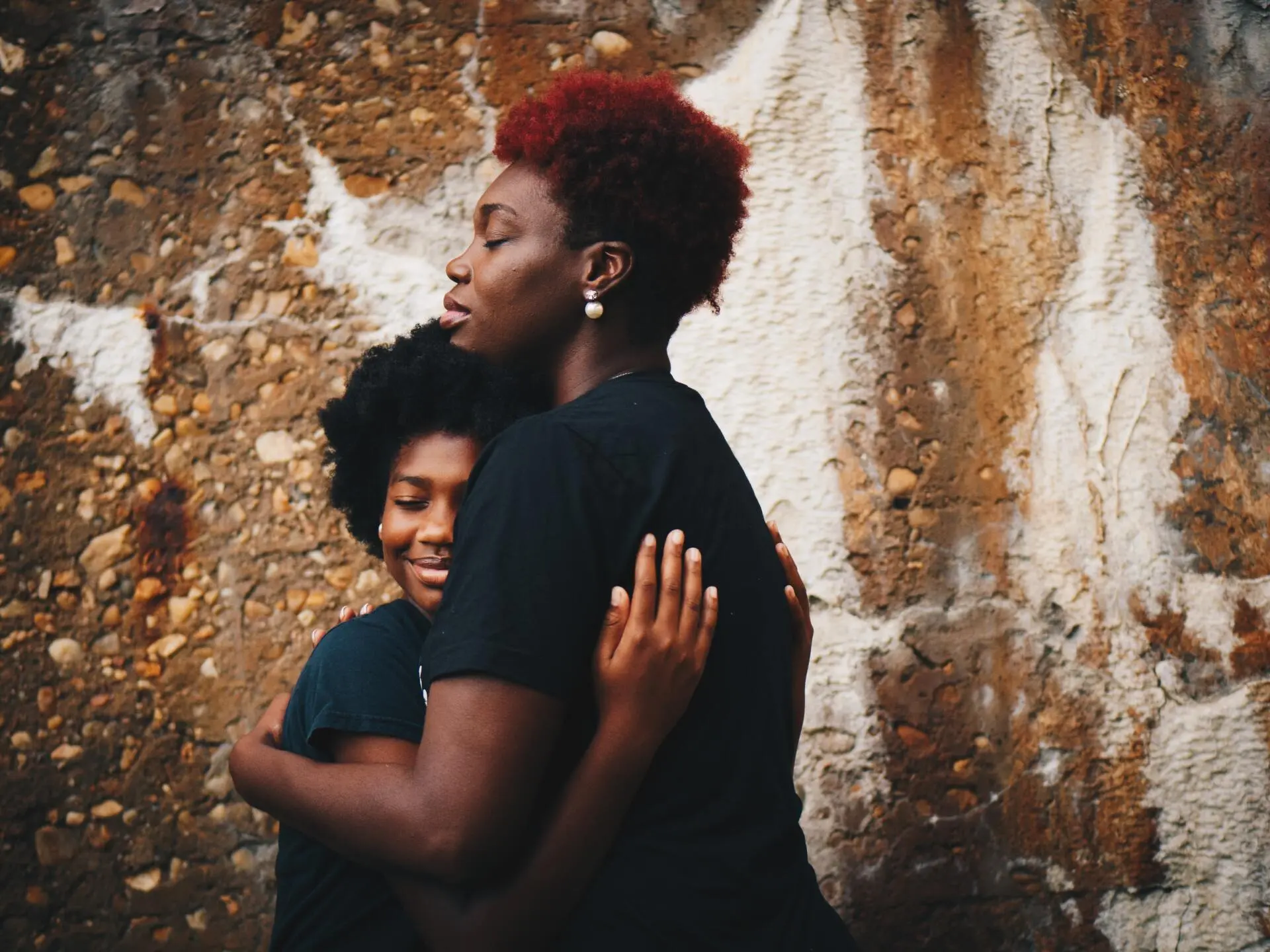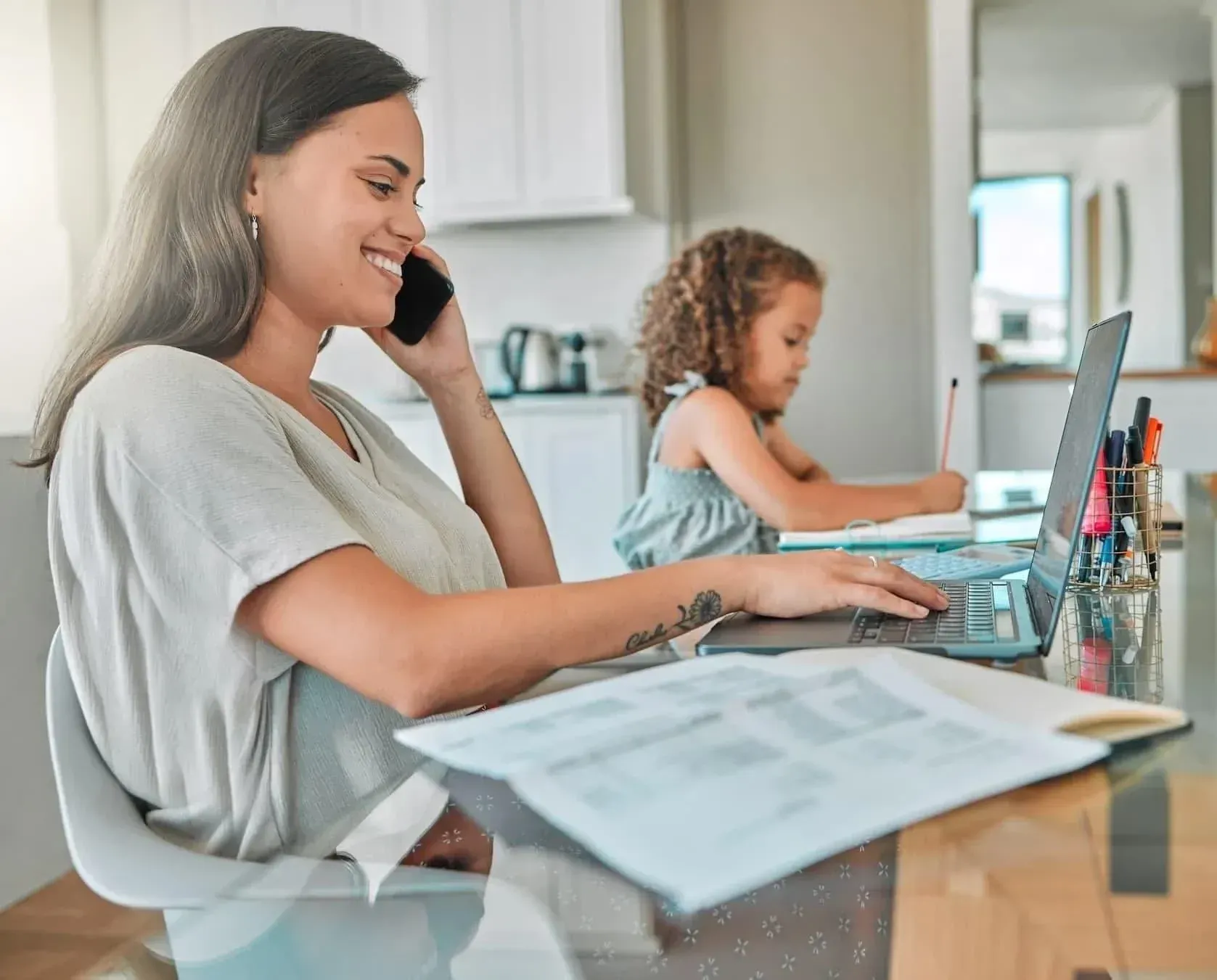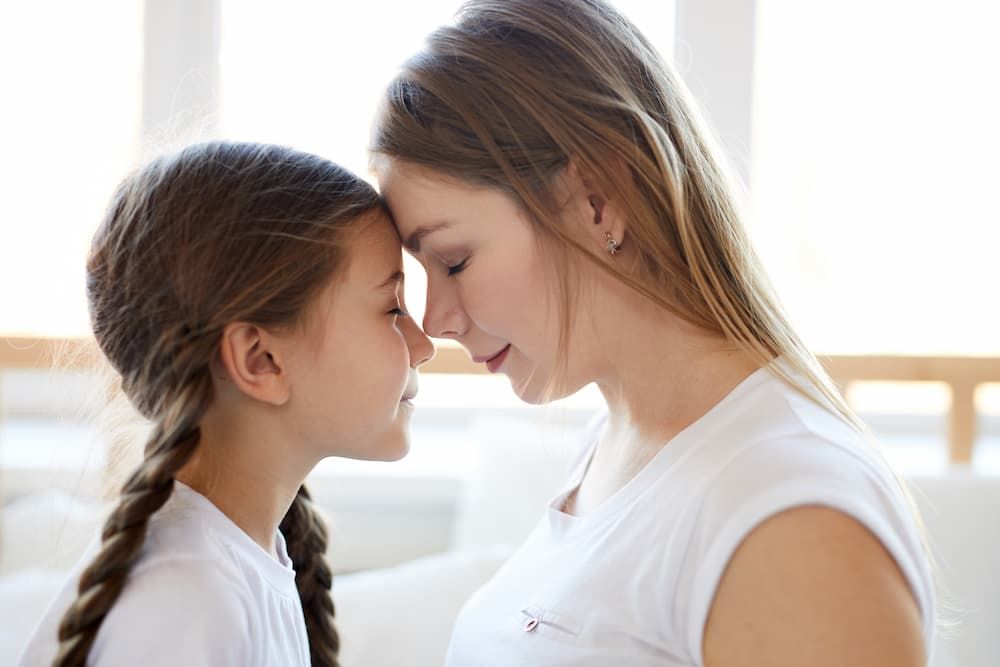The Balance Between Holding On and Letting Go
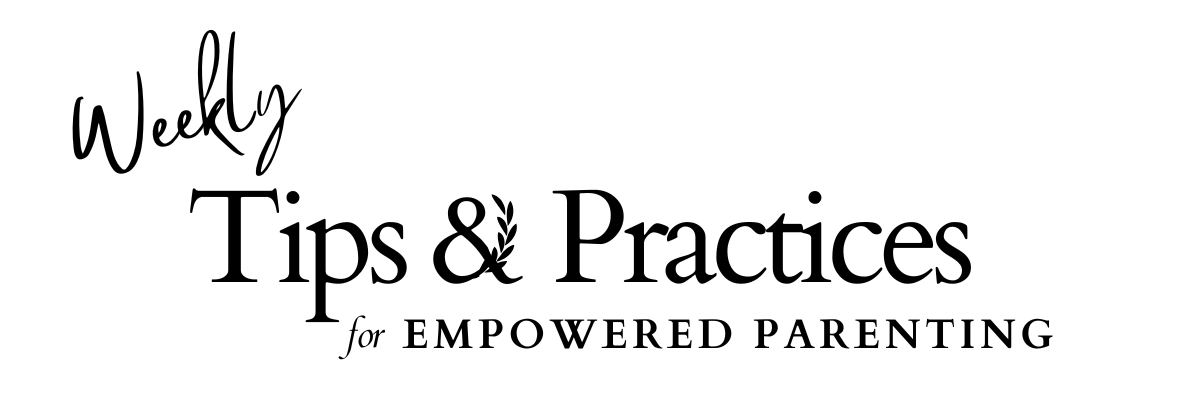
We all want our kids to grow into independent, thoughtful, and resilient people.
We want them to find their voice, trust themselves, and contribute to the world around them. But the path to independence isn't always clear.
Our kids need us, biologically and emotionally. They need connection, co-regulation, protection, and attunement. They need to know we’ll be there when things get hard.
But if we push them toward independence too quickly, they may internalize the message: “I shouldn’t need anyone.” They learn to armor up. To go it alone. To disconnect.
And if we hold on too tightly, never letting them stretch or stumble, they may struggle to trust themselves. They may feel safest only when we're near, unsure how to make decisions or self-soothe without our lead.
It’s a delicate balance: How do we stay connected and empower them to stand on their own?
It begins with trust.
Trusting in their capacity to learn.
Trusting in our presence when they fall.
And trusting that the goal isn’t to shape them into who we want them to be, but to support them in becoming
more of who they already are.
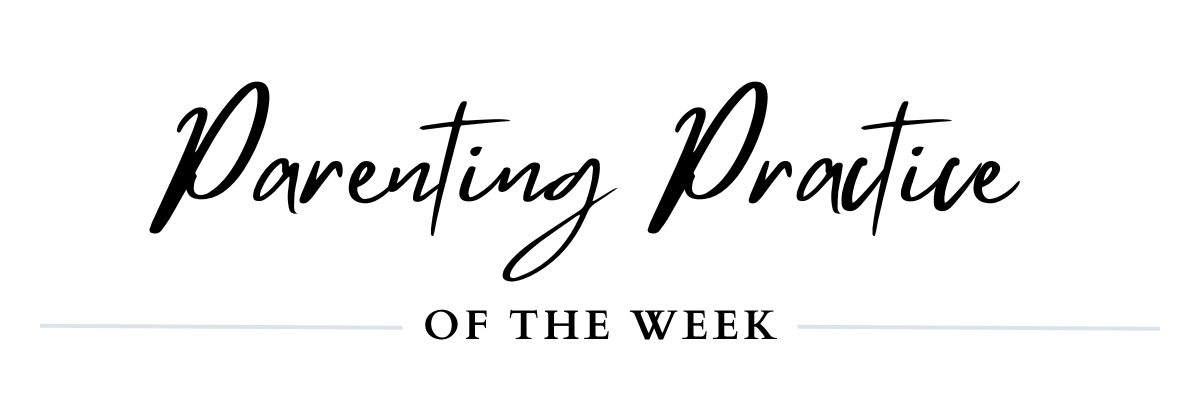
The Empowerment Mirror
Sometimes, in our effort to guide or protect our children, we unintentionally take over.
We explain, fix, shape, and correct, often before they’ve had a chance to process the moment themselves.
Empowerment doesn’t come from being shaped or molded. It comes from being seen as capable.
Try this simple practice of reflecting.
Next time your child makes a decision, navigates a challenge, or faces a consequence, try offering a reflective prompt instead of a directive. Ask:
- “What did you notice about yourself at that moment?”
- “Would you do anything differently next time?”
- “What are you proud of?”
- “What was hard, and how did you move through it?”
You can even narrate what you’re seeing in them:
- “You made a hard choice today, and I saw how thoughtful you were.”
- “That looked tricky, and you stayed with it.”
Let your words be a mirror, not a mold. One that reflects their growth, not your goals.
Why It Works:
Children develop confidence not from being told what to do, but from being trusted to try.
When we reflect back on what we see in our children with warmth and curiosity, we strengthen their self-awareness, decision-making, and internal sense of capability.
They learn that it’s safe to take risks, make mistakes, and grow.
They begin to believe: “I can figure things out. I can recover. I can keep learning.”
This also supports secure attachment. Because when children feel emotionally safe and seen as capable, they’re more likely to stay connected to us and stretch toward autonomy.
In these moments, we say to our kids: “You’re not alone, and you’re not incapable. I’m here, and I believe in you.”
Through the Coach Lens:
So often, parents come to coaching wondering: “Am I doing too much for my child… or not enough?”
They’re navigating the same tension you are: between protection and empowerment, connection and independence.
As a coach, you can guide them to:
- Reflect on how they’re mirroring capability vs. correcting behavior
- Notice moments when they could invite reflection instead of giving advice
- Practice trusting their child’s process, even when it looks messy
When a client says,
“I want them to be more responsible,” you might gently ask,
“How are you showing them you believe they’re capable?”
Helping parents see their child through an empowering lens often opens the door for that child to start seeing themselves the same way.
Our children don’t need us to shape them. They need us to see them.
To reflect their strength, their spark, and their capacity.
When we shift from fixing to mirroring, from controlling to trusting, we create space for our children to grow into themselves with confidence and connection.
Share This Article:
Curious for more?




